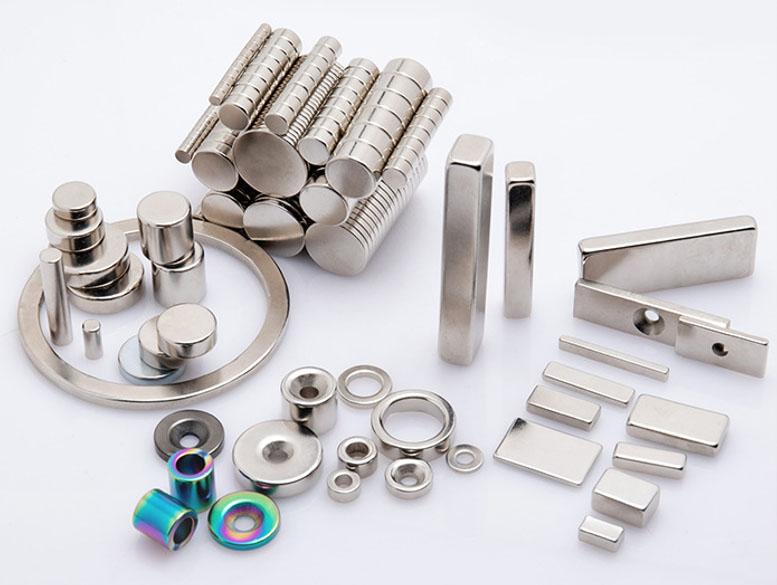Magnetic steel usually refers to aluminum nickel cobalt magnets, which are alloy permanent magnet materials composed of aluminum (Al), nickel (Ni), cobalt (Co), and iron (Fe). The following is a detailed description of magnetic steel.
Characteristics of Aluminum Nickel Cobalt Magnetic Steel Materials
Known as natural magnets, it is based on iron and contains elements such as aluminum, nickel, cobalt, and may contain small amounts of copper, titanium, etc. The material is relatively brittle and is usually made through casting or sintering processes. It can work normally at temperatures above 500 ℃, which is its major feature. In addition, its corrosion resistance is stronger than other magnets.
Application fields of aluminum nickel cobalt magnetic steel
Traditional use: Widely used in early motors, generators, sensors, instruments (such as electric meters, compasses), etc.
Nowadays, the definition of magnetic steel is gradually changing
With the continuous progress of materials science, especially in the application of rare earth elements, the definition of magnetic steel has gradually changed. In the 1980s, the emergence of neodymium iron boron (NdFeB) magnets sparked a revolution in the field of magnetic materials. The magnetic strength of neodymium iron boron magnetic steel far exceeds that of aluminum nickel cobalt alloy, and its magnetic energy product (the product of magnetism and volume) is several times or even more than ten times that of aluminum nickel cobalt. Therefore, neodymium iron boron magnetic steel quickly replaced aluminum nickel cobalt alloy and became the representative of high-performance magnets.
Various shapes and types of NdFeB magnetic steel

Neodymium iron boron magnetic steel has an ultra-high magnetic energy product, which can generate stronger magnetic force in the same volume, and is widely used in high-tech fields such as electric motors, hard disk drives, and magnetic resonance imaging (MRI). In addition, samarium cobalt magnet steel, as another rare earth permanent magnet material, has become an important choice in high-end applications due to its excellent high temperature resistance and corrosion resistance.
Today, the term “magnetic steel” is no longer limited to Alnico alloys, but has become a generic term for almost all high-performance permanent magnetic materials. In modern industry, magnet mainly refers to neodymium iron boron (NdFeB), samarium cobalt (SmCo), ferrite magnets (Ferrite) and other magnetic materials, which are widely used in electric motors, power tools, automobiles, consumer electronics, medical equipment and other fields.
The above is the entire content of the article. Do you now have a certain understanding of magnetic steel and magnets?
There are helpful articles for you;
Difference between Alnico and NdFeB magnets
 China Neodymium And Ferrite Magnets Manufacturer & Supplier
China Neodymium And Ferrite Magnets Manufacturer & Supplier 


